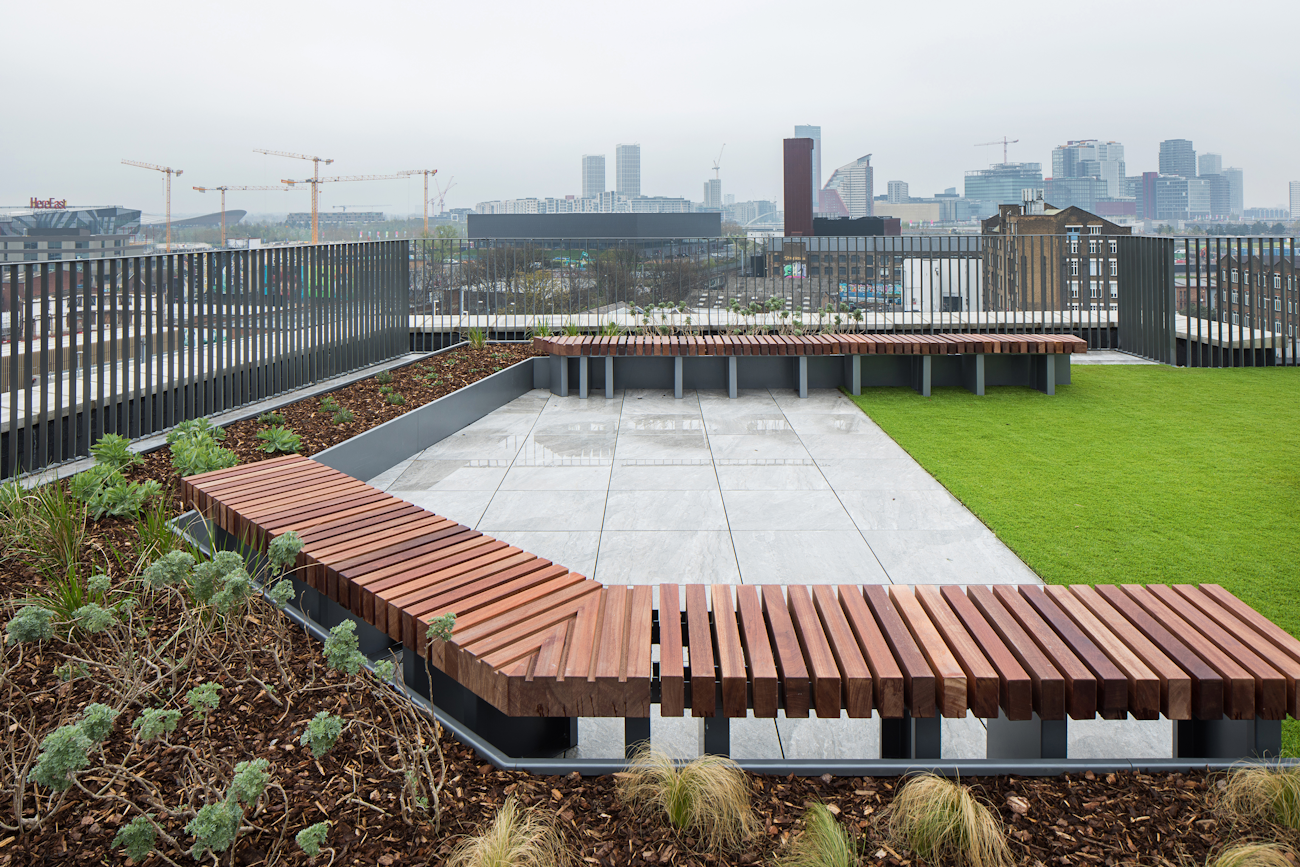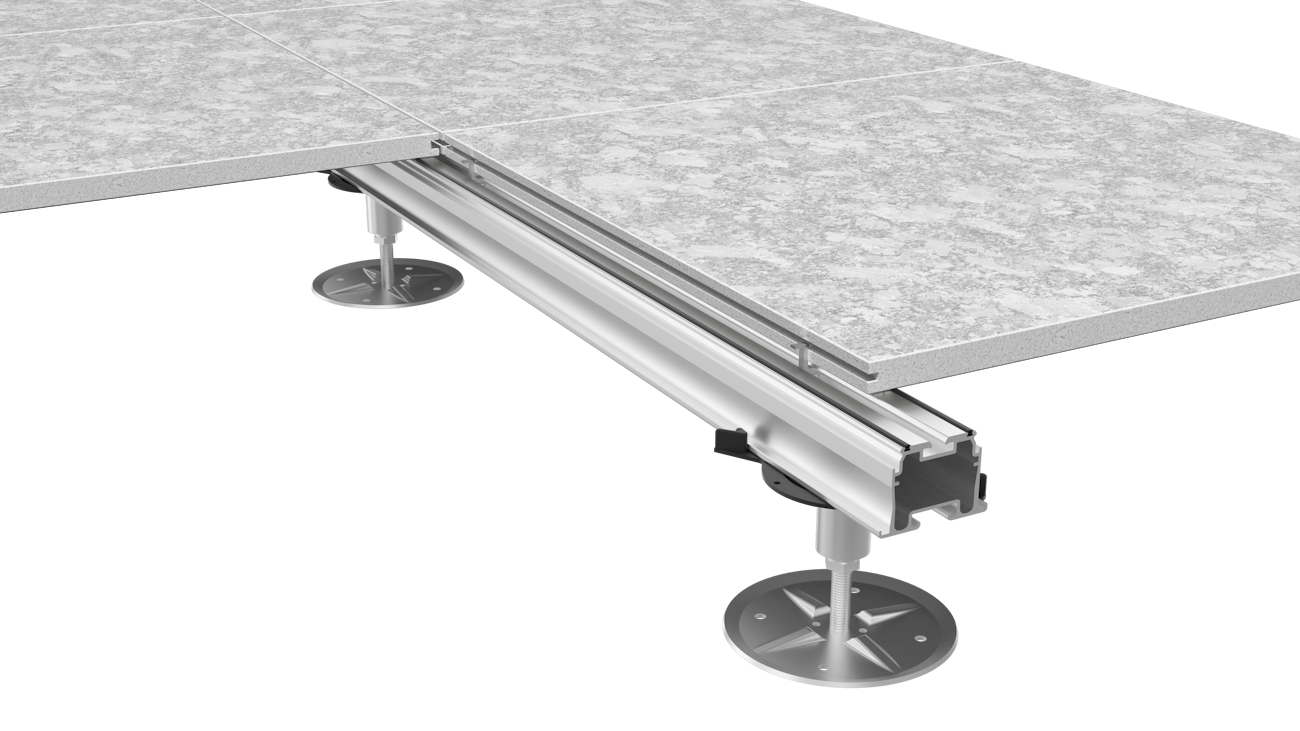Understanding Wind Uplift on Roof Terraces: A Comprehensive Guide

Roof terraces are coveted spaces, providing a sanctuary in the open air atop urban dwellings or commercial structures. Yet, the exposure to the elements, particularly the force of the wind, poses unique challenges to the stability and functionality of these elevated havens.
In this comprehensive guide, we will delve into the intricate mechanics of wind uplift, explore the factors influencing its impact on roof terraces and offer solutions.
What is Wind Uplift?
Wind uplift is the force exerted by wind as it flows over and around structures, creating a pressure difference between the windward and leeward sides. On roof terraces, this phenomenon becomes a critical consideration, as the uplift force can affect the structural integrity of the terrace elements. Understanding the dynamics of wind uplift involves examining airflow patterns, turbulence, and the interaction between wind and the built environment.

How Does Wind Uplift Affect Rooftop Terraces?
Wind uplift significantly impacts rooftop terraces, influencing both their structural integrity and user experience. When installed above existing flat roofs, rooftop terraces often necessitate a raised structure due to the presence of vents, drains, and other features that prevent a flush-fitted surface.
In windy conditions, the unobstructed expanse of the terrace acts akin to the top of an aircraft wing, generating an upward force. This uplift effect poses a challenge to loose-fitted decking or tiles commonly used for accessibility to the roof layer for maintenance. While the loose-fitted design facilitates easy removal for repairs, it also renders the terrace vulnerable to uplift during strong winds.
Striking a balance between aesthetic appeal and resilience to wind forces becomes a crucial consideration for architects and designers seeking to create rooftop terraces that not only provide an inviting outdoor space but also withstand the dynamic forces of nature.
Wind Uplift Solution
Due to terraces being planned with access to the roof below for inspection, maintenance, servicing, and repair, adhesives or mastic cannot be used to permanently attach decking or tiles into place and fixes such as bolts and screws are unappealing.
By carefully crafting subtle grooves into the edges of our porcelain decking, composite decking, and porcelain tiles, we at Raaft have found a solution to this issue. With little to no sight, our design-protected stainless steel and Nylon 6 RP anti-uplift clips discreetly keep the decking or tiles in place on our terrace system by clipping into this groove and locking into our joist, with our patented, fixing less system.
When access to the space underneath the terrace is needed, the clips can be quickly unfastened to facilitate removal of the decking or tile, but they are strong enough to keep the terrace in place when subjected to regular UK windspeeds.
Raaft anti-uplift clips have been evaluated independently and found to fulfil the BS EN 1991-1-4: 2005 + + A1:2010 Eurocode 1 criteria for wind uplift, test EAD 030350-00-0402 resistance.
If you would like to learn more about how Raaft’s solution works, download our Preventing Wind Uplift on Decking & Terraces guide.

Rooftop Terrace Solutions from Raaft
Whether you are looking to incorporate a rooftop terrace into a new building or add it to an existing property, it’s important you understand what challenges you might face and the products that are available to help you resolve these.
As a leading UK designer and manufacturer of roof terrace and planter systems, roof decking and tiles, Raaft can assist you at every stage of the design, specification, and installation process. To discuss your ideas for a roof terrace, contact the experts at Raaft today. We’re always happy to help and answer any questions you may have.